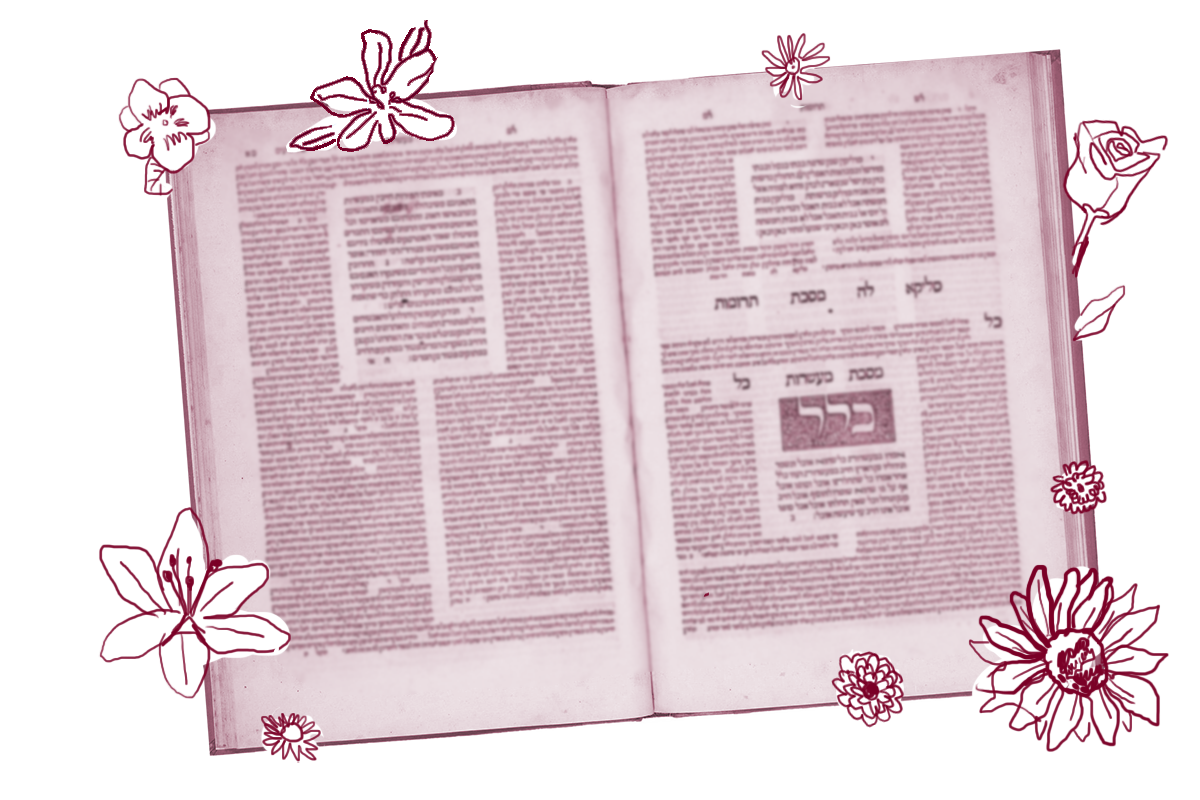“The metaphor,” wrote Jose Ortega y Gasset, “is perhaps one of human beings’ most fruitful potentialities. Its efficacy verges on magic, and it seems a tool for creation which God forgot inside one of God’s creatures when God made them.” Today, we’ll have a chance to look at a metaphor that may validate Ortega y Gasset’s claim.
Our daf explores what happens if a court determines that a woman’s husband had died and the woman then remarries. If the woman’s first husband is later found to be alive, who is responsible for the error and required to present a sin offering? The woman? The court? Or both?
In the course of this discussion, we come across a lovely metaphor:
Rabbi Eliezer maintains that (the ruling of the court) is an error, as it is taught that Rabbi Eliezer says: Let the law pierce the mountain. (If the ruling of the court is incorrect, it is nullified) and she brings a choice sin-offering. Granted, if you say that it is an error, due to that she must bring an offering. However, if you say it is a ruling, why does she bring an offering?

Help us keep Jewish knowledge accessible to millions of people around the world.
Your donation to My Jewish Learning fuels endless journeys of Jewish discovery. With your help, My Jewish Learning can continue to provide nonstop opportunities for learning, connection and growth.
The expression “let the law pierce the mountain,” is interpreted here to mean that the matter must be fully investigated. According to Rabbi Eliezer, the question of responsibility turns on the question of whether the court’s ruling was in error, which would shift responsibility to the court, or if the problem was that the witness testimony was faulty. In that case, the court was presented with bad information and the woman should never have been allowed to remarry, which makes her liable for bringing a sin-offering. Rabbi Eliezer’s position is that this question must be settled and, however it is, the law must follow.
This metaphor jumps out to me as exceedingly beautiful. I imagine truth being so powerful, with such momentum and determination, that it arcs across the sky with a force that allows it to overcome even the most forbidding obstacle. Just as noteworthy, truth doesn’t just demolish everything around it: It’s more scalpel than ax, clearing a path so it guides us toward its end and causes no more damage than necessary, leaving everything else intact.
As for its origins, Tractate Sanhedrin attributes this phrase to Moses himself and cites it as a reason why mediation between disputing parties is a violation of halakhah: Anything that interferes with meting out justice, including compromise between the parties, is anathema.
This phrase pops up in numerous Jewish texts. Rabbeinu Bahya connects it with Rabbi Akiva’s adage, “There is no mercy in law,” while the Tur explicates it in the context of compelling a defendant to compensate a plaintiff. But wherever it appears, the meaning is the same: Follow the facts, and follow the law, wherever they may lead.
This approach, which conceptually sidelines judges and treats the law as having a direction and power of its own, reflects a theory of legal formalism, which divorces determinations of law from their impacts. It stands in stark contrast to alternative legal theories that allow far more creativity and attention to individual and societal effects in reaching conclusions.
Lest we think that Jewish law always takes a formalistic approach, Hershey Friedman catalogs a multiplicity of instances where Jewish lawmakers ensure that morality supersedes strict legal interpretation. Such examples show that the law doesn’t always have quite enough force to pierce the mountain.
In the situation on our daf, the law does indeed pierce the mountain: The testimony regarding the woman’s status is investigated, and if it’s found that the mistake is one of fact — the witnesses provided faulty testimony and the first husband is in fact still alive — then she must bring a sin offering, even if this puts unfair responsibility on her instead of the court or the mistaken witness. Regardless of how one may feel about this outcome, we can all admire the beauty of the metaphor this page brings into the conversation.
Read all of Yevamot 92 on Sefaria.
This piece originally appeared in a My Jewish Learning Daf Yomi email newsletter sent on June 7th, 2022. If you are interested in receiving the newsletter, sign up here.



